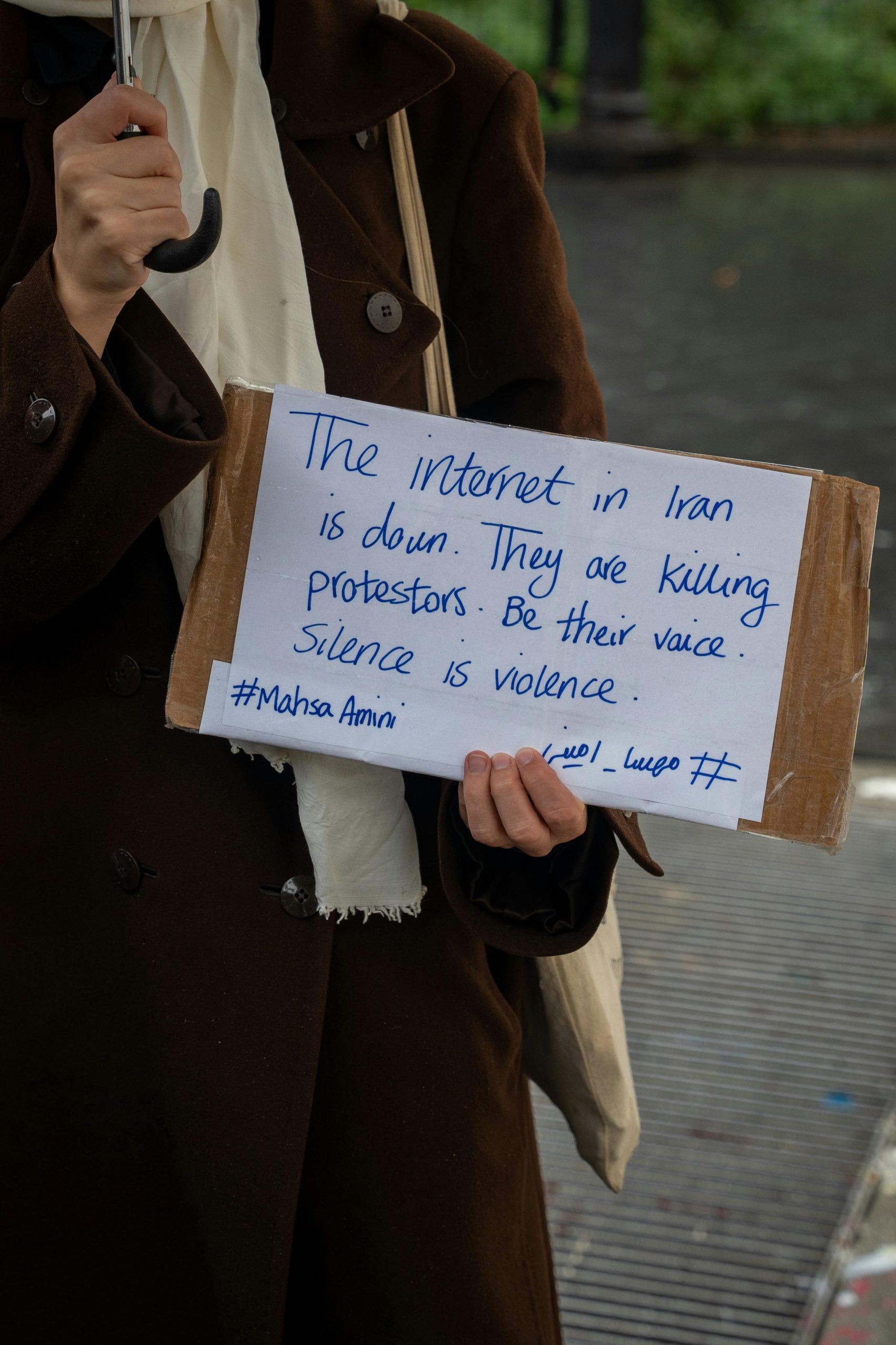Exploring the Controversial Ending of Lilo and Stitch: A Live Action Perspective
The live-action adaptation of “Lilo and Stitch” has sparked a significant discussion regarding its conclusion, particularly when contrasted with the beloved animated version. This blog post delves into the differences in the endings and examines the underlying messages that may be conveyed.
In the original animated film, the narrative culminates with Nani, Lilo’s older sister, deciding to remain with her and care for her as a family. This heartfelt resolution highlights themes of familial bonds and the importance of staying together, particularly in the face of adversity.
However, the live-action rendition takes a strikingly different approach. In this adaptation, Nani opts to turn over custody of Lilo to the state, choosing to pursue her dreams of studying marine biology in California instead. This pivotal decision raises questions about the implications of such a narrative choice.
What messages might this new ending be communicating? Critics and viewers alike have noted a troubling notion that emerges from this scenario. It seems to suggest a narrative that encourages individuals, particularly those from indigenous communities, to leave their roots behind in pursuit of personal ambitions—implying that it is acceptable to part with family for the sake of one’s aspirations.
This change raises critical discussions about the responsibilities we hold towards our family and culture, especially within the context of native communities. While pursuing higher education and opportunities is undeniably important, the ending may inadvertently normalize the idea of sacrificing familial connections for personal gain.
As audiences continue to engage with this live-action adaptation, exploring its themes and messages becomes essential. The divergence from the original film’s conclusion serves as a reminder of the power of storytelling in shaping societal values and perceptions. What do you think about this change? Does it reflect a modern perspective, or does it miss the mark? Share your thoughts in the comments below!



